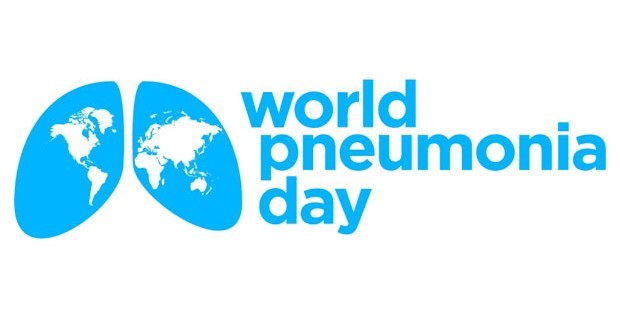
 World Pneumonia Day brings people from all over the world together uniting to demand that something be done to fight the pneumonia illness. World Pneumonia Day helps to highlight the severity of pneumonia and encourages more organisations to look at ways of combating the disease. This day was first hosted in 2009 when over 100 organisations joined to form the Global Coalition against Child Pneumonia.(WHO,2017).
World Pneumonia Day brings people from all over the world together uniting to demand that something be done to fight the pneumonia illness. World Pneumonia Day helps to highlight the severity of pneumonia and encourages more organisations to look at ways of combating the disease. This day was first hosted in 2009 when over 100 organisations joined to form the Global Coalition against Child Pneumonia.(WHO,2017).
Objectives:
- Raise awareness about pneumonia, the world’s leading killer of children under the age of five.
- Promote interventions to protect against, prevent and treat pneumonia; and
- Generate action to combat pneumonia.
Key facts:
- Pneumonia is the leading infectious killer of children under five years of age worldwide.
- Pneumonia killed 920136 children under the age of 5 in 2015, accounting for 16% of all deaths of children under five years old.
- Pneumonia is easily preventable and treatable cause of deaths in children and yet a child dies from the infection every 20 seconds.
- Children can be protected from pneumonia; it can be prevented with simple interventions, and treated with low-cost, low-tech medication and care.
About Pneumonia
Pneumonia is a severe form of acute lower respiratory infection that specifically affects the lungs. In pneumonia, pus and fluid fill the alveoli in one or both lungs, which interfere with oxygen absorption, making breathing difficult.
Causes:
The leading cause of severe pneumonia in children in developing countries is Streptococcus pneumoniae bacteria, or pneumococcus. Another leading cause is Haemophilus influenza type b, or Hib.
Types
Pneumonia is also classified according to where it was acquired.
Hospital-acquired pneumonia (HAP): This type of bacterial pneumonia is acquired during a hospital stay. It can be more serious than other types, because the bacteria involved may be more resistant to antibiotics.
Community-acquired pneumonia (CAP): This refers to pneumonia that is acquired outside of a medical or institutional setting.
Symptoms:
Symptoms of pneumonia can include:
- coughing up mucus (green, brown, or slightly bloody)
- fever
- fatigue
- weakness
- muscle weakness
- loss of appetite
- nausea
- vomiting
- headaches
- wheezing
- diarrhea
- shortness of breath
- rapid breathing
- chills
- chest pain
- chest retraction during respiration (children under age 5)
- convulsions, unconsciousness, hypothermia, lethargy, feeding problems (infants)
Treatment:
Treatment options are dependent on the type of pneumonia―viral or bacterial―with which a person is infected. Bacterial pneumonia is treated with antibiotics. Viral pneumonia is treated with antiviral medicines, if it is diagnosed early enough, and antibiotics may be prescribed to prevent against secondary infections or complications
Prevention:
Practicing good hygiene and health habits help prevent pneumonia. Thorough and frequent hand cleaning, coughing or sneezing into an elbow or sleeve instead of hands, avoiding interaction with those who are sick, receiving proper nutrition, and getting adequate rest are all things you and your children can do to ward off the bacteria and viruses that can cause pneumonia. Avoiding tobacco smoke and other pollutants helps prevent pneumonia.
Increasing access to immunization, reducing indoor and outdoor air pollution, and becoming knowledgeable about warning signs to identify infection, specifically a cough, fast breathing, and/or difficulty breathing will help prevent infection.
Breastfeeding during the first six months is critical in preventing pneumonia. Breast milk contains a nourishing supply of nutrients, antioxidants, hormones and antibodies a child needs for growth and development.
